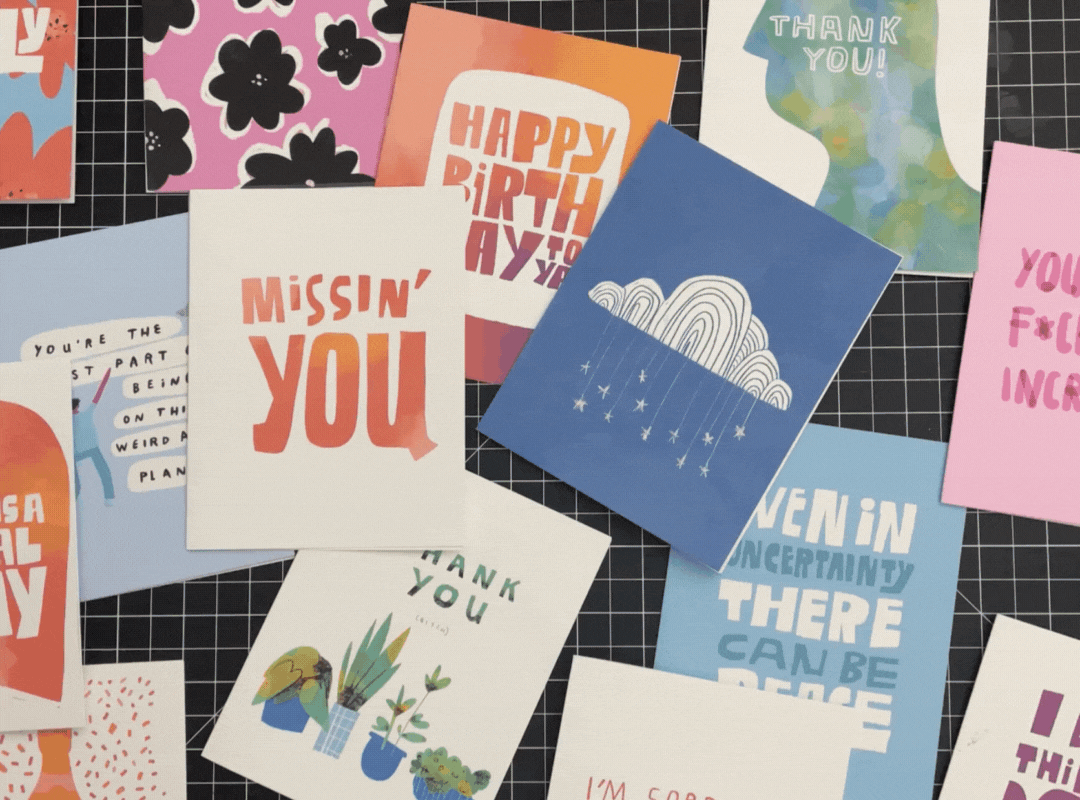Here’s an honest ranking of all of the Nintendo Switch games I own
Here’s my collection of Nintendo Switch games, complete with personal ratings for each. To provide some insight, I lean away from shooting games and platformers like Super Mario Brothers. Instead, my preferences align more with story-driven adventures, narrative puzzle games, and intriguing mysteries. This is the perfect list for cozy gamers looking for something new and fun to try.

Overboard: In this thrilling narrative adventure, you play as a cunning actress who has just committed murder on a ship, and you must cleverly manipulate the passengers and crew to escape suspicion and justice. I still haven’t won, but I’m genuinely enjoying replaying this game. 8/10
Tangle Tower: Enter a mysterious mansion on a secluded hilltop and solve a murder like no other. Unravel the twisted relationships of the intriguing inhabitants and decipher perplexing clues to uncover the truth. The music in this game is spectacular. And I beat it in a weekend.
9/10
Down in Bermuda: Embark on an enchanting puzzle-solving journey as you guide a shipwrecked aviator through a series of captivating islands filled with mind-bending challenges, magical mysteries, and quirky characters. The only downside, I don’t really like the art so I don’t play it as much. 6/10
Old Man’s Journey: Join an elderly adventurer on an emotional odyssey as he sets out to reconcile with his past. Navigate through breathtaking landscapes by manipulating the terrain, revealing memories, and uncovering his life story. I love the way this game looks, but the game interface is still confusing. 3/10
Lost in Play: Immerse yourself in a whimsical world filled with creative puzzles and interactive toys. Explore this delightful playground, where curiosity and imagination are your best companions. This is my favorite game I’ve played in my entire life thus far. It made me so happy. 10/10
Agent A: Step into the stylish shoes of Agent A, a secret agent on a mission to apprehend the enigmatic enemy spy, Ruby La Rouge. Solve intricate puzzles, explore a mid-century modern world, and outsmart your cunning adversary to save the day. While I don’t love the art, I fully love the premise and the game mechanics. It took a few weeks to beat this one, but I loved every minute of it. 9/10
Jenny LeClue: Dive into a charming, coming-of-age mystery adventure where you play as Jenny, an aspiring young detective determined to uncover the truth behind a series of puzzling events in her seemingly peaceful town. This was one of my favorite games I’ve played. The narration of the characters is phenomenal. 9/10
Scott Pilgrim vs. The World: Join Scott Pilgrim and his friends in this retro-inspired beat ’em up game as they battle Ramona Flowers’ seven evil exes to win her heart, all while rocking out to the iconic chiptune soundtrack. This is surprisingly difficult and I usually end the gameplay drenched in sweat. 7/10
Fall Guys: Experience the whimsical chaos of a battle royale game like no other, where jellybean-shaped contestants compete in zany obstacle courses, wild mini-games, and outrageous challenges to become the last Fall Guy standing. A fun way to spend 20-30 minutes. It’s also free. 8/10
You don’t want to miss this free masterclass
WATCH THE FREE MASTERCLASS: How to Reset Your Life in 7 Not-So-Easy Steps
This 40-minute masterclass feels like my personal manifesto on how to build a life you kinda love.
- Discover how to break free of unhelpful thought patterns and live with more passion, purpose, and energy
- Learn practical tips for increased productivity, thoughtful self-care, and a greater sense of emotional intelligence
- Follow interactive journaling prompts to make tiny optimizations in your daily life
10 easy ways to make someone feel extraordinarily special
This year has been marked by significant transitions and changes. And I’ve found solace in the pursuit of joy, making it my mission to cultivate moments of meaningful connection wherever and whenever possible.
In this journey, I’ve come to appreciate the profound impact that acts of kindness can have on our immediate community. It’s remarkable how simple gestures can create ripples of positivity that brighten someone’s day.
So, if you’re wondering how you can contribute to the collective reservoir of joy and make a significant difference in someone’s life, here are ten beautifully uncomplicated yet deeply meaningful ways to make someone feel extraordinarily special.
1. Tell them how they changed your life for the better.
2. Highlight a personality trait they have that makes them a good friend
3. Surprise them with a small gift. Bonus points if its something they want, need, or wouldn’t buy for themselves. Framed photos are almost always a sure winner.
4. Write a heartfelt card or letter and mail it to them. Nobody gets enough physical mail that makes them smile.
5. Give them your undivided attention. Try not to multitask in their presence.
6. Recount your favorite memories with them in explicit detail.
7. Create a personal playlist. Bonus points if you include songs that remind you of them or harken back to an important time in your relationship.
8. Plan to create a new experience with them. Making new memories is essential for continued connection.
9. Offer your help with something they need, even if they don’t explicitly ask.
10. Send them a book you think they’d enjoy.
Link Love #010
Something to check out: Over on Instagram I’m posting content every day for the next 90 days. If you’re feeling super sweet, I would love for you to share some of my posts to your stories. It really helps me reach new audiences.
Something to watch: I loved this dark basement studio makeover from Alexandra Gater.
Something to listen to: The new episode of the SoCurious About podcast is an Ask Me Anything about being a Creative Director. This was a fun one and I get a lil bit personal. I think you’ll like it. I have one more episode in Season 1.
Something to drink: I’m obsessing over the Simply Mixology collection. Just add seltzer water and you can explore what it means to be sober curious. My favorite on is the Lime Margarita. (This is not an ad, I’m genuinely obsessed)
Something to try: In your journal, write a conversation between your current self and your inner child. Ask yourself questions and let your inner child give you the answer. Please note: This exercise is pulled from The Artist’s Way by Julia Cameron. I’m currently reading it and its phenomenal.
Here’s how to truly shine

In your most challenging moments, it’s easy to fall back into old patterns.
To forget your progress.
To feel defeated.
To want to quit.
But today’s opportunity is to remember that this season is designed to help you grow.
This season might be confusing and at times exhausting.
But you can’t avoid it.
You just have to make your way through it with as much dignity and grace as you can muster.
Make decisions with courage, not out of fear.
Make changes if necessary.
And believe that you are being refined through this moment.
You are becoming a wiser, more loving, more beautiful version of you.
Don’t let self doubt dim your light.
SoCurious helps creative people find small but meaningful breakthroughs in personal development, career, and creativity.

A weekly dose of positivity in your inbox. Feel inspired, connected, and ready to take on the day.

Joy Bombs: Inspirational trading cards to keep, share, or leave for a stranger.

